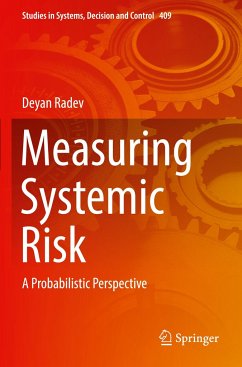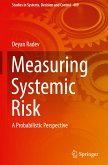This book provides a comprehensive methodology to measure systemic risk in many of its facets and dimensions based on state-of-the-art risk assessment methods. Systemic risk has gained attention in the public eye since the collapse of Lehman Brothers in 2008. The bankruptcy of the fourth-biggest bank in the USA raised questions whether banks that are allowed to become "too big to fail" and "too systemic to fail" should carry higher capital surcharges on their size and systemic importance. The Global Financial Crisis of 2008-2009 was followed by the Sovereign Debt Crisis in the euro area that saw the first Eurozone government de facto defaulting on its debt and prompted actions at international level to stem further domino and cascade effects to other Eurozone governments and banks. Against this backdrop, a careful measurement of systemic risk is of utmost importance for the new capital regulation to be successful and for sovereign risk to remain in check. Most importantly, the book introduces a number of systemic fragility indicators for banks and sovereigns that can help to assess systemic risk and the impact of macroprudential and microprudential policies.
Bitte wählen Sie Ihr Anliegen aus.
Rechnungen
Retourenschein anfordern
Bestellstatus
Storno








